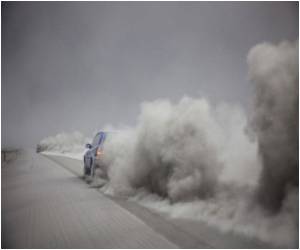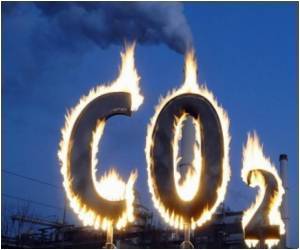A popular belief doing the rounds is that volcanoes emit more carbon dioxide than those generated by humans.

Terrence Gerlach, a retired volcanologist, formerly with the Cascades Volcano Observatory, part of the US Geological Survey in Vancouver, Wash, compiled the available estimates of CO2 emissions from all global volcanic activity on land and undersea and compared them with estimates for human emissions.
"A lot of climate skeptics claim that volcanoes emit more CO2 than humans do. They never give any numbers, but the fact is you will never be able to find the volcanic gas scientist that will agree to that," Discovery News quoted him as saying.
"The main reason, I think, that this myth persists. First of all, the emissions are extremely spectacular. When people see volcanic eruptions on television people imagine that huge amounts of CO2 are being emitted to the atmosphere," he added.
Gerlach said that the spectacular volcanic explosions that are so stunning on TV last only a few hours.
"They are ephemeral. In contrast, the sources of anthropogenic CO2 (smokestacks, exhaust pipes, etc) are comparatively unspectacular, commonplace, and familiar, and in addition they are ubiquitous, ceaseless, and relentless. They emit CO2 24/7," he added.
Advertisement
In yet another comparison, Gerlach reported that in order for volcanic emissions to match those made by humans, the May 18, 1980, Mount St. Helens eruption would need to happen every 2.5 hours. The June 15, 1991, Mount Pinatubo eruption would need to occur every 12.5 hours.
Advertisement
Source-ANI









